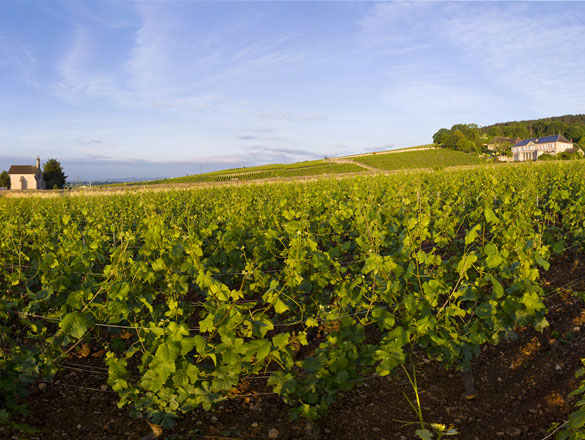

The vineyards of Bourgogne produce some great wines with a historical and international reputation. However, the region is not simply limited to its iconic appellations. In addition to its Village Premier Cru and Grand Cru AOCs, it also produces a range of wonderful Régionale and Village appellations to explore.
You will also find a full list of the Bourgogne’s Climats and lieux-dits on this page.
Check out the complete list of the 84 Bourgogne appellations.
However, your exploration has only just begun. Bourgogne wines have never before offered such high quality. Besides our range of internationally celebrated wines, try some of our lesser-known appellations where there are lots of surprises in store.
And for a fun way to find out more about the wines on offer, try out our “Which Bourgogne wine is right for me?” quiz, or check out Bourgogne Maps to take an interactive tour of the region.
Village appellation
VIGNOBLE DE LA CÔTE DE BEAUNE
9 septembre 1937
Reds only - Pinot Noir.
Area under production*:
1 hectare (ha) = 10,000 m2 = 24 ouvrées.
212.55 ha (including 125.88 ha Premier Cru).
Average annual yield**:
1 hectolitre (hl) = 100 litres = 133 bottles.
7,694 hl (including 4,425 hl Premier Cru).
*In 2022 **5-year average, 2017-2021
Appellation Village of the Côte de Beaune region (Côte-d’Or).
The appellation VOLNAY includes 29 Premiers Crus Climats.
Producing communes: Volnay for the appellation VOLNAY; Meursault for the Climat Santenots.
On the label the appellation VOLNAY and VOLNAY PREMIER CRU may be followed by the name of the Climat of origin.

Volnay, admired for its delicacy, its sap, and its bouquet, has always been thought of as the most feminine of Bourgogne wines. Though certain of its terroirs modify this judgement with more vigorous and muscular versions, it truly does stand out among the red wines of the Côte de Beaune like the lipstick imprint of a kiss... The colour varies from bright ruby to a light garnet. Its aromas are of violet, gooseberry, cherry, and - with age - spices, game and cooked prune. It has an immediate appeal which, added to a slight natural precocity, means it can be fully open while still relatively young. The attack is fresh, the finish is warm. Drinking this wine, one seems to bite into a fresh fruit and breath in its heady aroma.

Its velvety femininity is matched by its great aromatic intensity. This makes it a predestined partner for sophisticated poultry dishes, patiently roasted and glazed, which can bathe in the fruit and spice aromas of the wine.
Better still, especially for the Premiers Crus, is feathered game, stewed or slowly braised, or simply roasted. In this company the opulence and meaty texture of this great wine work wonders. For the more adventurous, it might accompany a couscous or a tajine with meat or poultry or even both. The intensity of Volnay allows it to blend with distinctly flavoured cheeses.
Serving temperature: 14 to 16°C.

Volnay, perched on the hill of Chaignot high up in the Côte de Beaune, occupies a narrow and steeply sloping site as if to allow more space to the vines. The hill itself is oriented slightly differently from the general run of the country so that the vines face South-East rather than East. These vineyards have been valued and exploited for centuries. Long before the Revolution the harvests of Volnay went to the Knights of Malta, the Abbeys of Saint-Andoche d’Autun and Maizières, or to the Dukes of Bourgogne and their successors, the Kings of France. The typicity of this red Pinot Noir wine was fixed as early as the 18th century. It gained its controlled appellation status in 1937. The appellation Volnay is twinned with Volnay-Santenots, grown in neighbouring Meursault on ground equally suited to the Pinot Noir grape.

The oolitic limestone has a superficial similarity to the reddish igneous rock (porphyry) found in the Morvan district. It is pink in colour with pale green inclusions and overlain by banks of schist. At the top of the slope, this limestone predominates. Lower down we find white, chalky-textured argovien limestone. Lower still are reddish Bathonien limestones, pebbly and ferruginous. The soils at the foot of the slope are deeper and more gravelly. Altitudes: 230-280 metres.
